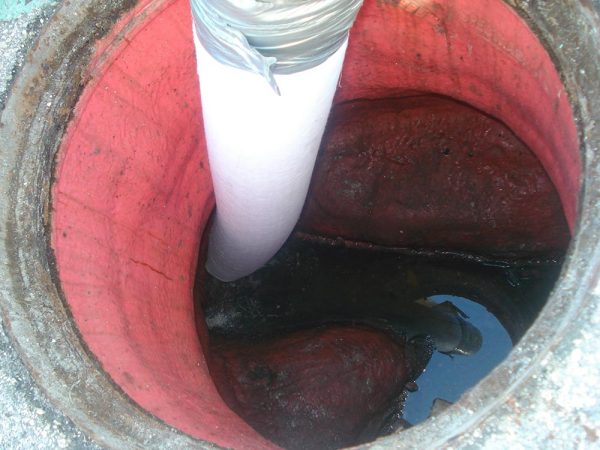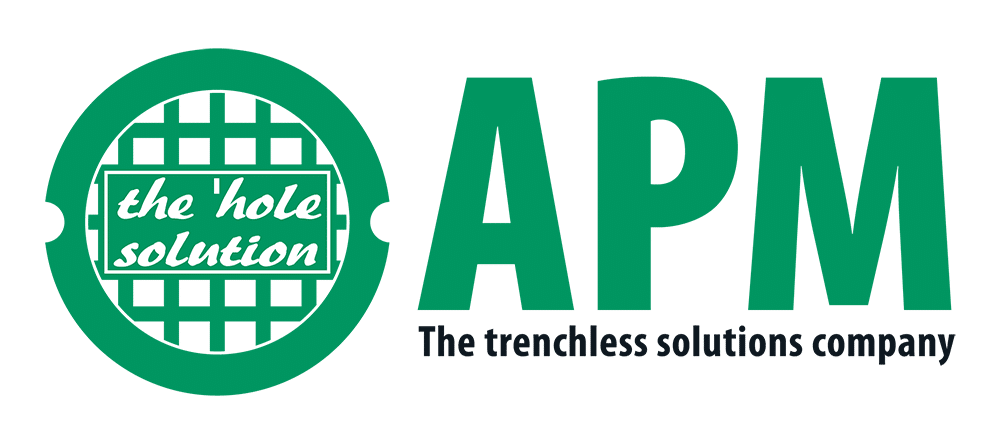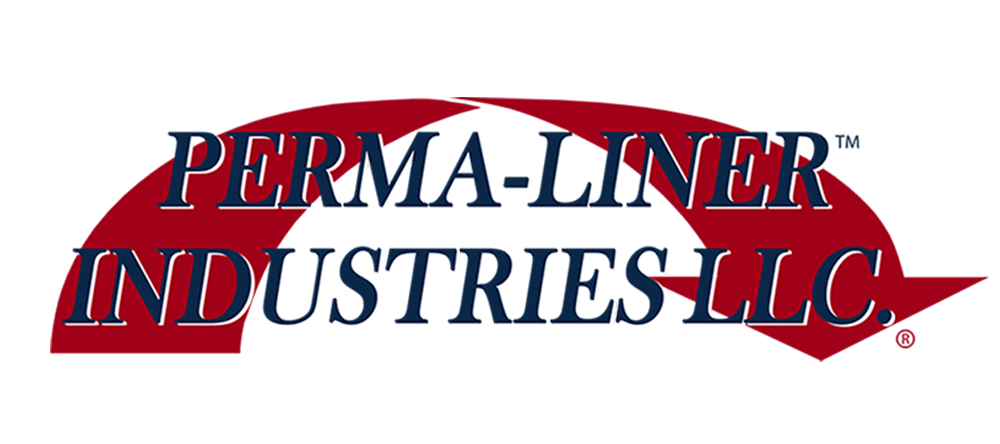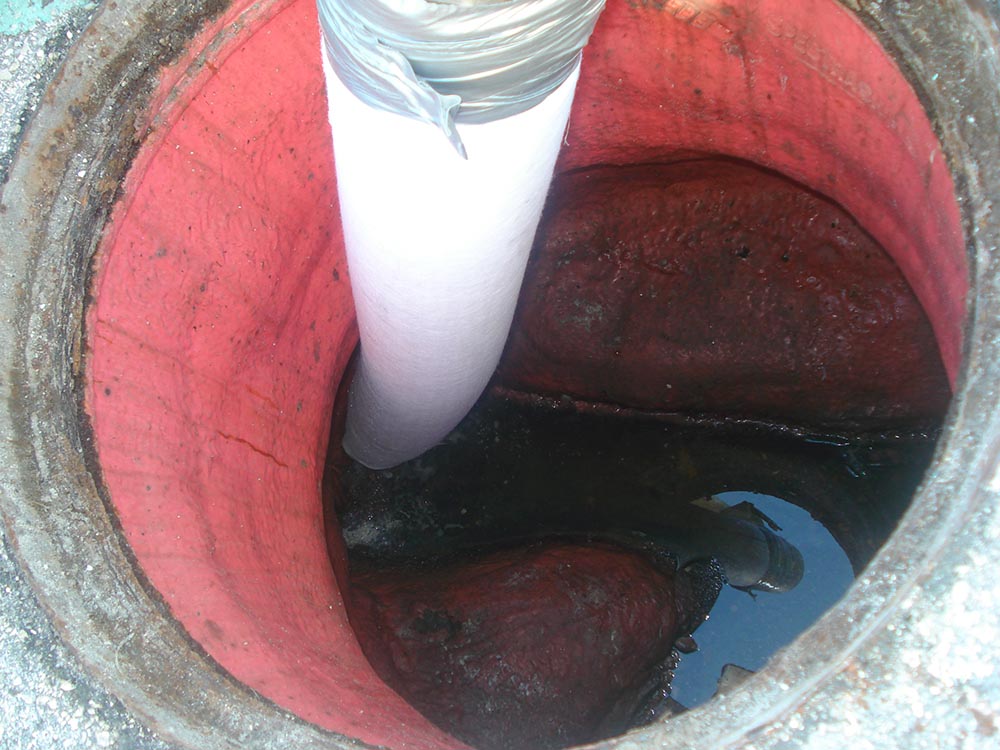The city of Keene, NY has experienced a sustained dilemma with the all-too-familiar wipe, causing blockages in the sewer system. In recent years, the city has seen an increase in the use of flushable wipes which has subsequently placed a hardship on the treatment facility. While this epidemic is not necessarily a new problem, the amount used has greatly increased within the past several years. While many brands are labeled as flushable, they do not dissolve as toilet paper does. The are labeled with this redeeming quality due to a passing score on a test that requires wipes to begin to disintegrate after a few hours of swishing around in a box filled with water. However, research has shown that the assessment is not the same as the environment in which the wipes are subjected to after being flushed down the toilet. The test does not account for common occurrences, such as wipes getting caught in the pipe and affixed to another item lingering within the system.
Wipes getting caught in the system have caused a multitude of problems. They’ve clogged sewer pipes, leading to sewage overflows on the street level, which in turn causes standardized flooding. Keene has had at least three of these occurrences since the New Year began. Wipes are especially known to get stuck on the walls in sewer pipelines where grease that has been poured down sinks, after which have collected, cooled and hardened. Additionally, the are getting tangled on some of the machinery in Keene’s pumping station. The pumping station, which the department upgraded in recent years to improve energy efficiency, has been particularly impeded by the sanitary wipe. They have built-up around the facility’s impellers which, by design, help power the pumping system. It’s estimated that as much as 1,000 pounds of wipes may be in the wastewater treatment facility at any given time.










